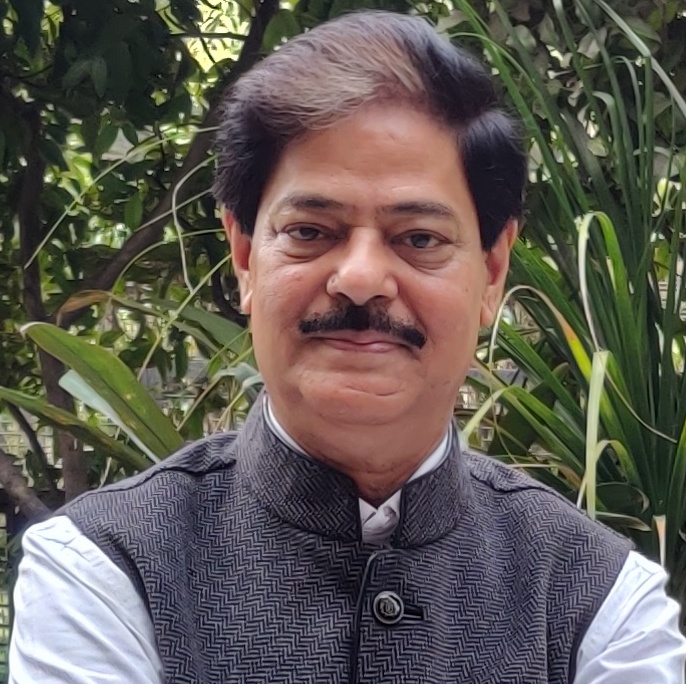Urban planners should look at the pedestrian as the king of the road. It will solve a plethora of problems
Public policy often embraces a debate on rights versus entitlements. While the argument may continue, there need not be any exception for a person to be able to walk on a street both as matter of right and entitlement. Courts may some day determine that the Right to Life under Article 21 cannot be comprehensive without the enjoyment of a fundamental facility, namely, an enabling environment for a citizen to walk or cycle on a street. But waiting for that dispensation either from the court or from god is neither pragmatic nor desirable.
Urban planners in India are not yet serious about this fundamental issue of ensuring good quality of life.
Recently Janette Sadik-Khan, New York City transport commissioner, on a visit to India spoke of making the pedestrian the king of the road. That was remarkable and could become the mantra to solve our traffic despairs in big cities. Our cities and particularly the metros are in the dire need of walking space for its burgeoning population as neither the private nor the public transport – nor the two in tandem – can provide the answer. Every single vehicle that is added to the road further reduces the latter’s usability for the pedestrians and increases the travel time with enhanced chances of accidents – fatality on Indian roads is among the highest in the world. The option is to have an efficient public transport system that would ensure lesser number of private automobiles.
But more importantly it calls for facilitating people’s foot movement along the transport hubs, e.g., metro stations, railway stations, major bus stations and around the business districts. That is considered the safest and cheapest means of public transport as also eco-friendly and health-promoting.
Take Delhi for example: it has the maximum number of vehicles in the country, it is at least lucky to have developed a good metro network that is expanding steadily. But that is not the panacea. This infrastructure needs to be complemented by innovative and advanced urban mobility planning that takes care of commuters who would want to complete the remainder journey by foot.
Personal car is found to be convenient from many angles; using it regularly is also habit forming. Asking a person to leave the car at home is not easy as it amounts to weaning him away from a facility. We, therefore, have the prerequisite to provide good quality safe network of footpaths all along the transport centres. Having this substructure in place would encourage people to walk the remaining part of the journey after using the metro/buses as the main staple.
Guaranteeing the convenience of walking home, to office, market and public places is essential for any efficient urban transport planning. That is possible only through a good and safe network of pavements. So while the availability of the public transport is one issue, equally important is for a person to be able to reach there without depending on a second rung of transport like autorickshaw and cycle rickshaw. Finding this missing link and shunning dependence on the second tier of transport through an extensive network of pavements is the task.
Pedestrianisation of public spaces is another area of public policy that has not been attended to by the urban planners. We have the tendency to reach by car the very last step of our destination. Walking is generally abhorred but is as much avoided for being unsafe. Every market, monument, park and entertainment area is always choked with vehicles of all variety. The march to modernity of our cities gets badly hampered by this lack of perspective. Swift changeover to multi-storied underground parking at such sites and strict regulation of unauthorised parking backed with hefty fines is essential for bringing in a semblance of order at our public spaces.
Our cities have grown beyond their capacity without commensurate growth in urban infrastructure, the worst being creaking urban mobility. It gives a chaotic look to our public spaces, shorn of modern mien. It adversely affects the quality of life, besides being economically inefficient and culturally retrograde.
The need for change was never more pronounced. But adoption of new ways of life is generally as difficult as adoption of new technique of doing things. Change is often resisted or just ignored. It is going to take time to convince people about the positive result by switching over from one mode of transport that they are used to and find more reliable, to another that is not in their control and hence in their perception less convenient. Their apprehension would come to rest only gradually and through experience. It is here that the car owners as also the others need substantive infrastructure to be motivated to adopt the change. The upgradation in urban mobility is essentially and inseparably linked to safer cycling and walking facilities in and around public places.
